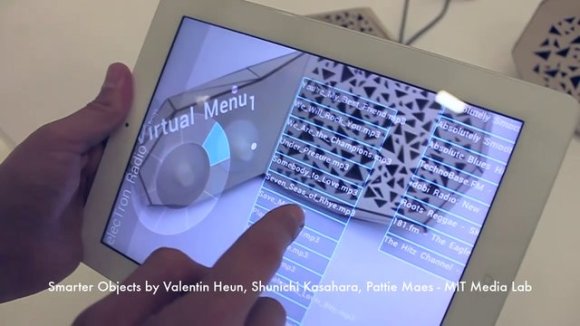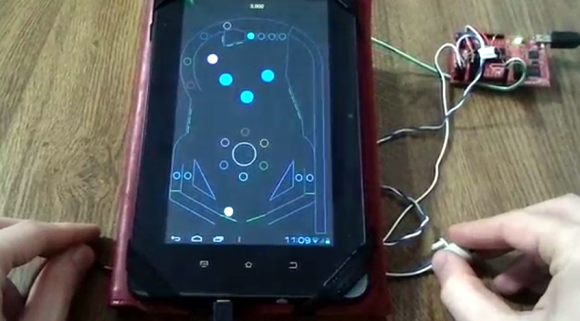![]()
[Johnathan Crawford] isn’t bashful about tearing the insides of his truck apart. He’s built his own remote starter using a Raspberry Pi.
We vaguely remember hearing about a startup that planned to deliver tacos using quadcopters instead of people. We assume that company was a bust but here’s the concept in action at the 2013 RoboGames [thanks Don].
On the topic of food: pizza and joysticks… do they go together? Perhaps. Here’s a joystick made out of an empty pizza box (note the remains of grease stains inside).
[Jonathan] brings to our attention the problem of running out of fingers to press all the buttons on your Monome at just the right moment. No worries, just add some solenoids to act as extra fingers.
Apparently some Samsung cameras (NX20, NX210 and NX1000) can use their USB port as a shutter release. The trick is finding the right resistor values for the ID pin [thanks Janne].
Plagued with a tablet dock that wasn’t weighty enough to prevent the device from tipping over [John] filled base with lead to keep the thing upright.
[Helmut’s] bathroom had no windows. He faked one using an Arduino and an RGB led.
And finally, as a reward for all the readers that made it to the bottom of the article, here’s a gem of a project. [Charlie] was inspired by the recent logic combo lock post to send in his own plans for a lock he made years ago. Unfortunately he can’t find the pictures from the build but the theory behind it is quite engaging.













